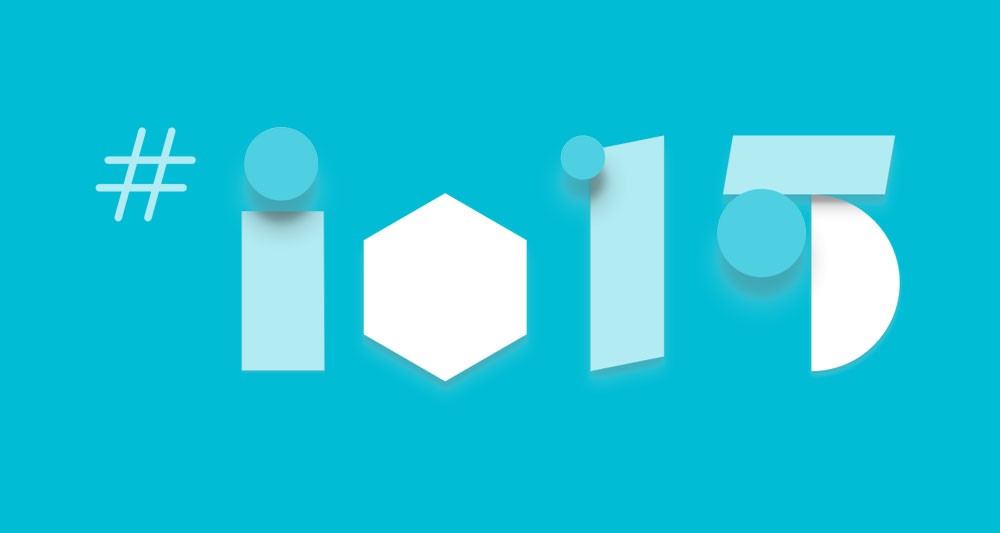Top 5 Revelations at Google I/O

At the 2015 Google I/O keynote, Google revealed its future plans of optimizing Android with lots of updates to keep integrated between different platforms, reduced friction between apps and interesting updates on Android Wear, fetching information from the watch and the like.
Google also revealed several interesting updates for existing apps. Google Now is expected to work on anticipating your needs through the phone. Chrome and Maps are sure to work smoothly and serenely even in places with low web speed. With Google Cardboard and a VR camera system, Google has virtual reality implementation plans for the coming months.
Here are five of the most interesting updates from the Google I/O 2015
Android M
Android M is similar in looks to its predecessor Lollipop and features better power optimization, additional services, and better app interaction. With the new changes, the permission requests which require you grant to access location, use microphone whenever there is a new installation, are going to be changed wherein individual permissions will be required for approval. You can also look for the accessible apps which are using the calendar or your phone camera.
It also announced Chrome Custom Tabs like an in-app Chrome browser that will help load pages faster with passwords and autofill. Several measures have been introduced for apps to link to other apps including social media channels.
A new feature called Dose is used which uses motion detection to go into deeper sleep if your phone is inactive for long periods of time. The app freshness is now traded for better battery life though one can still respond to high-priority messages and even use set alarms. USB Type-C will be supported on Android M too.
Android Pay
Google’s answer to Apple Pay is here with Android Pay which will serve as a revamp of the failed Google Wallet service with major adjustments. Android Pay is expected to help in purchases through apps or through the NFC sensor to pay for physical goods. Android Pay will be compatible with smartphones running KitKat and higher, and will mostly be pre-installed by network providers like Verizon. It is also revealed that Google has promised 700,000 stores for using Android Pay, including network retail chains Chipotle and Dunkin Donuts. If the smartphone has a fingerprint sensor, one can use it to authenticate any payment done towards any service compatible with Android Pay service.
Google Now on Tap
Google Now is expected to get smarter and will be implemented throughout the mobile with the app Now on Tap. With Now on Tap, the home button will reveal Now cards with relevant information, anywhere through an app, mail, or internet browser. If someone emails about going to the theater, Now display information related to latest movies, trailers, ratings, and many other details. If there is something about dinner, it can prompt a to-do item and even send in restaurant listings. They are planning a huge expansion with Now, with contextual understanding too.
Android Wear with Google Glass
Google Glass is part of Android wear and the company is bent upon harnessing more resources to make it more efficient. Oculus Rift, on the other hand, is gaining more visibility, but Google Glass is now geared to be back in public imagination in a big way.
Google has placed lots of emphasis on apps for Glass and its Development Kit is expected to make waves this year since it has hardware that’s vastly improved and cheaper than the ones advertised in Silicon Valley.
Virtual Reality with Google
Google Cardboard launched a while back, but the company is releasing a new version so that it can fit in with smartphones which are around six inches. The new unit is ditching the headset’s magnet clicker for a cardboard button that is compatible with any phone. The SDK will be made available for iOS as well as Android. Expeditions, a virtual reality education tool will be launched too for students.
They have partnered with GoPro to build a circular rig which would encompass 16 cameras. The geometry will be provided to all those who want to innovate. Google’s assembler will figure out depth data from captured users and get them stitched into a stereoscopic VR video.




